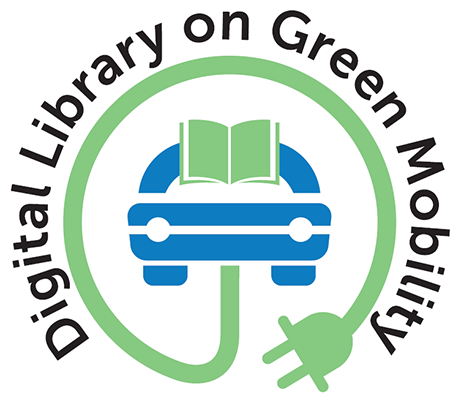Knowledge Hub
Haryana Electric Vehicle Policy-Draft
2021
Publisher/Organisation: Government of Haryana
The vehicular population in Haryana has been increasing rapidly over the last decade. The vehicles driven on traditional fuels are the major source of environmental pollution and thereby are health hazards.
Goa Electric Mobility Promotion Policy 2021- Draft
2021
Publisher/Organisation: Government of Goa
The government of Goa has issued the draft ‘Goa Electric Mobility Promotion Policy, 2021’ for the adoption of electric vehicles and to cut down the carbon emissions making the state greener.
RMI’s blog deep dives into how COP26 can pave the way for equitable mobility decarbonisation. The piece further highlights how world leaders should align target dates for an internal combustion engine (ICE) phase-out, build the infrastructure to make these targets achievable, ensure a just transition, and look beyond EVs.
Profitably Decarbonizing Heavy Transport and Industrial Heat
2021
Author(s): Lovins Amory B.
As corporations and industries face rising public, policy, and market pressure to cut carbon emissions, the need for evidence-based solutions balancing carbon consciousness with profitability grows ever more intense.
Our Driving Habits Must be Part of the Climate Conversation
2021
Author(s): Yudkin B, Kay D, Marsh J, Tomchek J
RMI’s blog highlights how driving habits need to become a part of the climate conversations. The authors further highlight the importance on shifting the scales of convenience toward modes of transportation other than driving. This can simultaneously meet the demands of the climate crisis and improve quality of life.
Opportunities for Cleaner, More Efficient Freight Transport in India
2021
Author(s): Lakhina P, Shiledar S
In this blog, RMI authors highlight the opportunities for cleaner and more efficient freight transport in India. The recent Fast Tracking Freight report, coauthored by NITI Aayog and RMI, outlines opportunities for India to reduce the logistics costs to 10 percent of GDP, save 10 gigatons of CO2 emissions between 2020 and 2050, and reduce particulate matter and nitrogen oxide (NOx) emissions by 28 percent and 35 percent respectively over the same time frame.
Ridehailing Drivers Will Go Electric—If We Build the Charging Stations
2021
Author(s): Stone L
RMI’s blog highlights the need for building adequate charging infrastructure for ride-hailing drivers to adopt electric vehicles. The piece also proposes that electrifying ridesharing fleets, along with the right set of policies and programs can deliver enough charging demand to make it profitable to install this charging network.
In this blog, the author stresses on the need for building a robust EV charging infrastructure in the United States. In a recent report, EV Charging for All, RMI dives into the charging infrastructure needs for TNC (transportation network company) electrification, focusing on Los Angeles as a case study.
The Great Transition: Shifting from Fossil Fuels to Solar and Wind Energy
2015
Author(s): Brown Lester R, Larsen Janet, Roney J. Matthew, Adams Emily E.
The Great Transition details the accelerating pace of this global energy revolution. As many countries become less enamored with coal and nuclear power, they are embracing an array of clean, renewable energies. Whereas solar energy projects were once small-scale, largely designed for residential use, energy investors are now building utility-scale solar projects.
Life-cycle Greenhouse Gas Emissions of Combustion Engine and Electric Passenger Cars and Two-wheelers in India
2021
Author(s): Bieker G
A recent ICCT study included a life-cycle assessment (LCA) of the GHG emissions of passenger cars in India. It also covered cars in China, Europe, and the United States and considered the most relevant power train types—internal combustion engine vehicles (ICEVs), including hybrid electric vehicles (HEVs); plug-in hybrid electric vehicles (PHEVs); battery electric vehicles (BEVs); and fuel cell electric vehicles (FCEVs).



